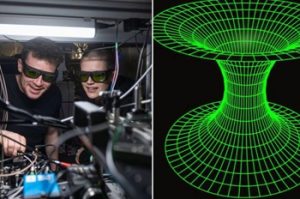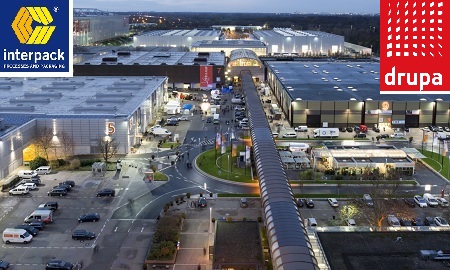Thrilled researchers at the University of Oxford believe the impressive milestone will bring quantum computing closer to large-scale practical use. That’s because they used a ‘photonic network interface’ to successfully link two separate quantum processors to form a single, fully connected quantum computer.
computing closer to large-scale practical use. That’s because they used a ‘photonic network interface’ to successfully link two separate quantum processors to form a single, fully connected quantum computer.

In this new approach, small quantum devices are linked together, enabling computations to be distributed across the network. In theory, there is no limit to the number of processors that could be in the network.
 quantum teleportation of logical gates (the minimum components of an algorithm) across a network link. According to the researchers, this could lay the groundwork for a future ‘quantum internet,’ where distant processors could form an ultra-secure network for communication, computation, and sensing.
quantum teleportation of logical gates (the minimum components of an algorithm) across a network link. According to the researchers, this could lay the groundwork for a future ‘quantum internet,’ where distant processors could form an ultra-secure network for communication, computation, and sensing.
Study lead Dougal Main (Department of Physics) said: “Previous demonstrations of quantum teleportation have focused on transferring quantum states between physically separated systems. In our study, we use quantum teleportation to create interactions between these distant systems.
The researchers demonstrated the effectiveness of the method by executing Grover’s search algorithm. This quantum method searches for a particular item in a large, unstructured dataset much faster than a regular computer can, using the quantum phenomena of superposition and entanglement to explore many possibilities in parallel.
 Its successful demonstration underscores how a distributed approach can extend quantum capabilities beyond the limits of a single device, setting the stage for scalable, high-performance quantum computers powerful enough to run calculations in hours that today’s supercomputers would take many years to solve.
Its successful demonstration underscores how a distributed approach can extend quantum capabilities beyond the limits of a single device, setting the stage for scalable, high-performance quantum computers powerful enough to run calculations in hours that today’s supercomputers would take many years to solve.












